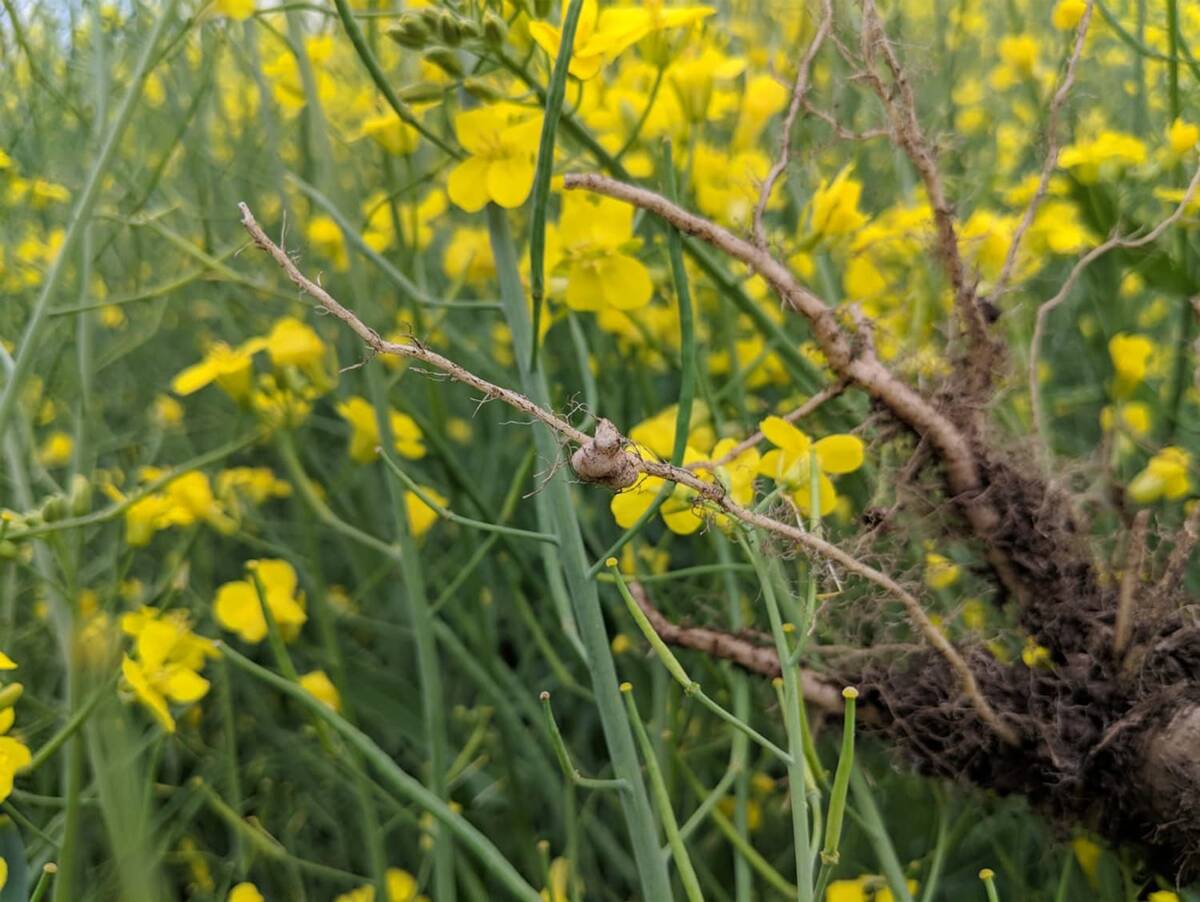WINNIPEG – Group housing for pregnant sows is a feasible alternative for farmers who want to get away from using gestation crates.
In fact, University of Manitoba research shows group-housed sows may have larger, heavier litters than their sisters living inside conventional barns.
“They’re quite conducive to group situations with straw,” said Laurie Connor, who led the project. “They do very well.”
Connor has been collecting data on the sows since the summer of 1994, when the first groups were put into an uninsulated shelter at the university’s Glenlea research station.
Read Also

Going beyond “Resistant” on crop seed labels
Variety resistance is getting more specific on crop disease pathogens, but that information must be conveyed in a way that actually helps producers make rotation decisions.
The 25-metre-long shelter, which looks like a quonset covered with a tarp, was divided in half to house two groups of 30 sows. They spent most of their maternity in the “lounging” part of the shelter, nesting and rooting around in the straw bed.
Connor said to avoid pushing and shoving at meal time, the sows were let into individual stalls on a concrete pad at the front of the shelter. There, researchers could make sure each sow was getting the right amount of feed.
Aggressive over food
“They are a social group animal and they do establish hierarchies, so one of the problems often can be with them being very aggressive and bullying at feeding time,” Connor explained.
The sows farrowed in crates in the university’s regular barns. After being bred, the groups went back to the shelters.
Connor is currently wrapping up the project and compiling the statistics on five rounds of pregnancies. So far, she said she knows the reproductive performance of the sows isn’t compromised by the alternative housing method.
“They tend to wean more and heavier piglets than do the ones from inside, (confinement barns)” Connor noted.
The only other difference between the two groups was the outdoor sows needed between five to 20 percent more feed during the winter.
Last winter’s unusual cold stretch provided data on the most challenging of conditions.
“There were some mornings when they weren’t sort of standing at the gate waiting to be fed, by any means,” Connor said, explaining the straw was a lot warmer than the concrete and metal feeding crates.
She said a more enclosed structure may work better for group housing when it is extremely cold.
Connor said the project has attracted a lot of interest from the Canadian and American hog industry. Farmers building barns are considering the pressure from animal welfare groups who don’t like the idea of hogs being confined to small pens.
While hers is the only formal research on alternative housing in Western Canada, Connor said a number of farmers have experimented by adapting the concept to their farms.
“I’ve received a tremendous amount of response and interest from people, and there isn’t a lot (of information) available,” Connor said, adding she plans to put an information package together.















